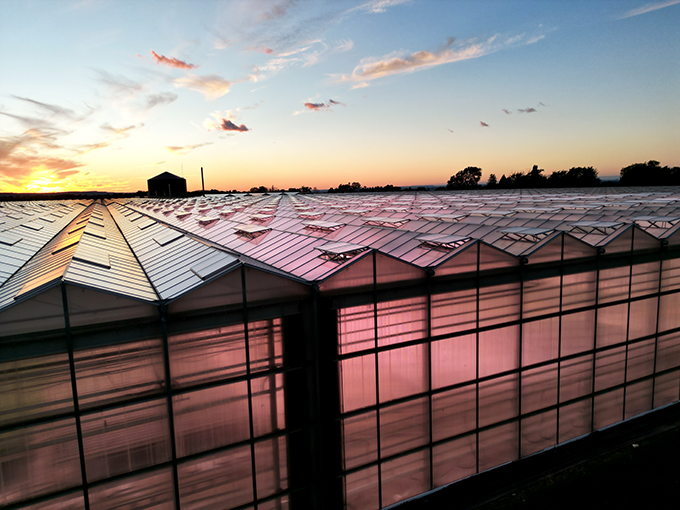(GOTHENBURG, Sweden, 11 February 2021 at 14:30 CET) – Heliospectra AB, a world leader in intelligent lighting technology for greenhouse and controlled plant growth environments, announces the release of two new guides with focus on energy-savings, incentives, and rebates. The free guides provide a detailed overview of the type of rebates available by state and province and the payback one can expect in 2021.
In recent years many growers have found a new impediment to their business operations in the form of high utility bills and the need for higher phase power to sustain their facility and its needs. On average, lighting alone stands for nearly 38% of a facility’s total electricity consumption, second on the list after HVAC and dehumidification. This means great savings can be made by implementing energy efficient lighting solutions.
This spike in electricity consumption in certain geographical areas, are forcing utilities to offer rebates. Utilities provide rebates for one simple reason: it is cheaper to reduce energy in their territories than it is to create new power generation. So today rebates are offered by many utility companies to customers in their territories that can reduce their energy usage. These rebates can be significant, often accounting for 25 to 50% of a new technology purchase and 25 to 100% of a lighting upgrade.
Instant Energy-Savings with LEDs
Compared to traditional HPS solutions, LED lighting solutions are often seen as a high initial investment, however, they are far more efficient and cost efficient in the long term. Installing LEDs in a new facility from the beginning results in massive savings over time due to the alternative being too energy intensive. Also, traditional lights such as HPS and MH pulls energy from both the ballast and the light itself – meaning it consumes more than what is stated on the light.
Installing LEDs also results in several indirect savings. As LED’s do not emit as much heat as HPS it leads to a reduction in HVAC and dehumidification needs, where considerable savings can be made. On top of that a higher daily lights exposure for the plants allows many growers to reduce the total number of hours the lights are on. These two factors result in an additional 25 – 56% energy reduction in the space in addition to the direct electricity reduction of LEDs over traditional methods. Lower maintenance, less water usage, less consumables used, and improved plant quality and quantity are other benefits.
Now is the time to act
As more states begin to declare their intention of making the push for energy-efficient LEDs as the code baseline for lighting technologies, this will significantly impact the rebates that are available to new adopters. Furtherfore, as regulations and code change, utilities will no longer need to offer rebates to match the new baseline. This means the time to capture rebates is now, before codes are in place that will limit the opportunity for incentives.
“LEDs are often seen as the more expensive option due to the initial investment, however, if you take rebates into account, there is a potential ROI in just one year. As a result, we work closely with our growers to provide them with all the necessary information they need to unlock all the rebates and energy savings available in their state / province.” Said Scott Thornton, GM, Heliospectra.
What can you learn from these FREE guides?
They are designed to deliver growers with the information and resources they need to determine the best path forward for implementing energy efficient technologies into their grow operation.
The guides provide information related to understanding grower’s electric usage, common metrics, how to determine payback for efficient technologies, a detailed overview of the type of rebates available for grow operations and how to navigate the complex and often daunting rebate process.
Download the guides HERE.
.


